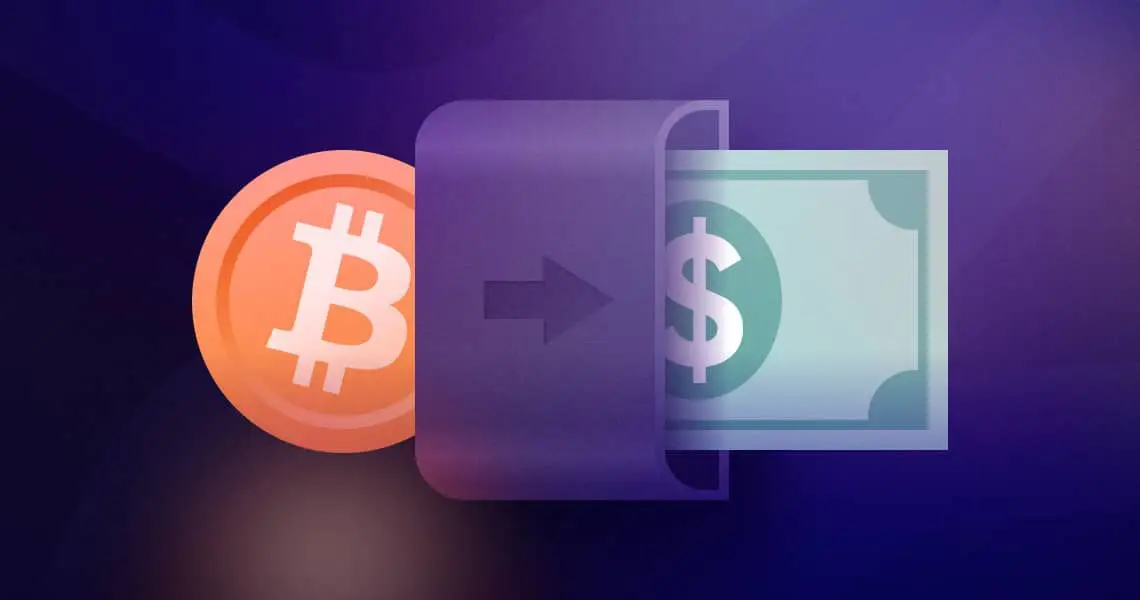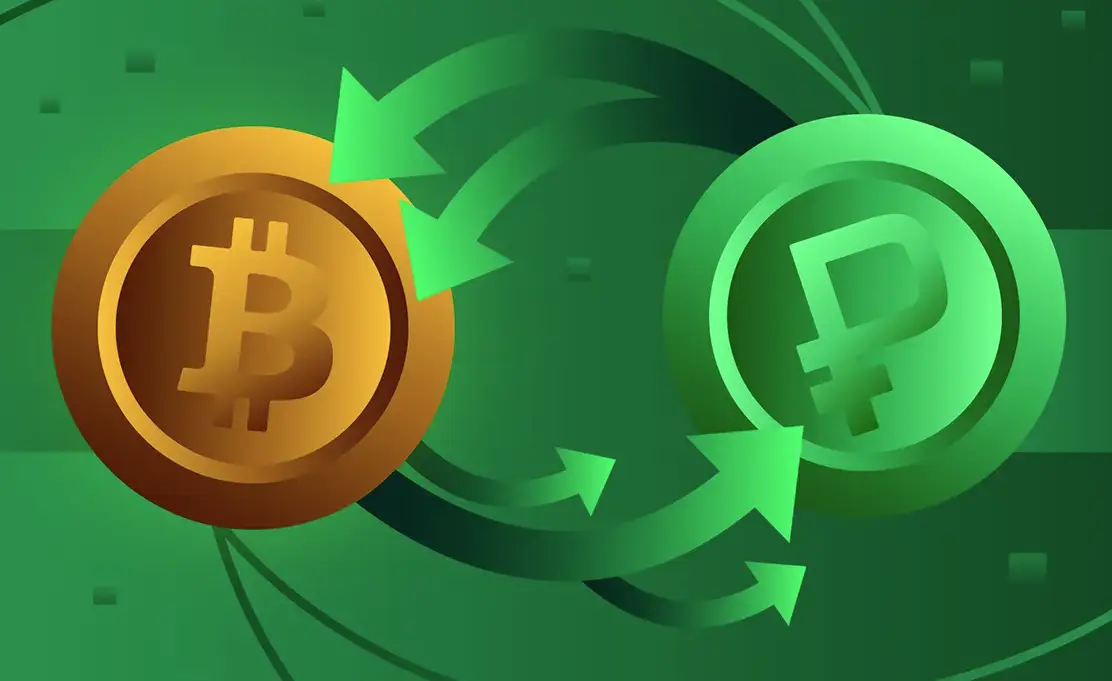The rapid growth of the crypto market places new demands on the quality of service, transparency and speed of transactions. Cryptocurrency trading has become an integral part of the daily work of a trader, investor, token holder and even a beginner. In order to eliminate the risk of loss, it is necessary to clearly understand how to choose a cryptocurrency exchange, taking into account important factors.
Legal framework and licenses: how to choose a cryptocurrency exchange in 2025?
The legal status of a service determines its reliability. A license from a regulator in the EU, UAE, Hong Kong or Switzerland indicates that an audit has been passed, a KYC procedure has been implemented and legal accountability has been established. An illegal resource is not under control and can disappear along with the user’s funds.

Before choosing a cryptocurrency exchange, it is important to check whether the exchange has a registration number, access to a copy of the license, an official address and transparent information about the owners of the platform. Reliability is verified by presence on monitoring sites such as BestChange or CoinMarketCap, as well as participation in industry rankings.
Speed and liquidity: the importance of a fast rate
Even a difference of 30 seconds and high volatility can change the final amount by tens of dollars. A quality exchange offers direct applications, especially when buying cryptocurrencies in popular currency pairs: USDT/RUB, BTC/ETH, LTC/BTC. The internal liquidity of the service affects the size of the reserve. You can verify this through analytics: current reservations in real time, the ability to make large changes without delays and fast processing of transactions. Some platforms display the available volume and deposit/withdrawal limits in the section for buying cryptocurrencies.
Rates and commissions: the dangers of the spread
A rate that seems attractive at first glance can turn out to be an illusion if hidden costs are taken into account. The optimal service works with minimal spread, indicates the final amount before confirmation and does not entail additional verification or technical support costs. Before choosing a cryptocurrency exchange, it is important to compare the final amount on three to five platforms. For this, it is best to use aggregators that filter by currency pairs and commissions.
Support and reputation
The level of support determines trust. Online chat, administrators, the Telegram bot and comments on popular forums (for example Bitcointalk or Reddit) indicate that there are active responses. A reliable site publishes its story, resolves conflicts openly and does not shy away from criticism. A reputation is built over years. The best cryptocurrency exchanges in 2025 have collected thousands of positive reviews, participate in community initiatives, organize AMA sessions and publish public reports. The top list does not include anonymous sites with a general editorial team and contact options that only run via a comment form.
How to choose a cryptocurrency exchange and avoid falling into the trap: signs of scammers
 There are dozens of fraudulent sites operating on the market. Their task is to pose as a real service. Before you start trading, it is important to exclude the following signs:
There are dozens of fraudulent sites operating on the market. Their task is to pose as a real service. Before you start trading, it is important to exclude the following signs:
- domain without HTTPS;
- lack of license and legal information;
- inability to contact support;
- unconfirmed rates;
- intrusive pop-ups with calls to do it;
- fake reviews;
- No offer and no return policy.
These platforms act at lightning speed and steal not only cryptocurrencies, but also personal data. Newbies are more likely to fall into the traps, especially through social media and unofficial aggregators. To avoid risks, it is important to follow a proven selection algorithm.
Safe exchange algorithm: step-by-step instructions
Before choosing a cryptocurrency exchange, you should check the following:
- License and registration data.
- Real reviews on forums, aggregators and Trustpilot.
- Fees and commissions, including the final amount after deduction of all fees.
- Supported payment methods (cards, P2P, bank transfers).
- Transaction processing and accreditation times.
- Minimum and maximum limits.
- Verification conditions.
- Availability of technical support.
- Company history and the presence of an agreement on the website.
- Transparency of the booking system and availability of API or tracking.
Checking these points takes 10-15 minutes, but it saves money and reduces the chance of encountering phishing projects. It is especially important to follow the procedure when selling cryptocurrencies, because there are additional requirements from banks for accepting them on a card.
Target audience selection: trader, investor, beginner
Each segment of the crypto audience has its own requirements. Before choosing a cryptocurrency exchange, it is necessary to clearly define what the ultimate goal is that the participants are striving for. For example:
- Cryptotrader works at high speed. You are interested in a minimal spread, high liquidity and the ability to transfer money directly to the exchange or wallet. Important roles are API integration with the platform, the ability to quickly buy and sell cryptocurrencies and synchronization with terminals.
- Investors pay attention to reliability, long-term conditions, protection against fraudsters and access to large amounts. Licenses, transparent reporting, the presence of offline offices and support for large transactions via banks are important. Preference is given to sites with integrated analytics and financial guarantees.
- Newcomers to the world of cryptocurrencies are looking for simplicity. An intuitive interface, minimal fields, support for instant messaging and video instructions ensure a pleasant experience. The best exchanges in this segment are those that support the customer at every step of the process: from choosing a currency to sending money.
Real-time cryptocurrency rates
One of the most important factors in an exchange rate is its accuracy. A high-quality platform updates rates in real time, provides price charts and compares spreads between exchanges. Cryptocurrency rates are determined at the time of exchange based on the average price from various sources. Fast integration with Binance, Bybit, OKX, Kraken and other major exchanges ensures competitive prices and protection against manipulation. Transparency in this area eliminates uncertainty. The best exchanges indicate the source of the data, so you can check the exchange rate before and after the transaction and fix the conditions immediately after confirmation.
Conclusion

 The exchange service is not just a tool, but a gateway to the crypto economy. A smart choice determines not only the financial result, but also the overall impression of working with digital assets. Legality, speed, security and transparency become basic standards. By adapting to the user’s goals and implementing fair policies, the platform reaches the top.
The exchange service is not just a tool, but a gateway to the crypto economy. A smart choice determines not only the financial result, but also the overall impression of working with digital assets. Legality, speed, security and transparency become basic standards. By adapting to the user’s goals and implementing fair policies, the platform reaches the top.
To understand how to choose a cryptocurrency exchange, you need to think like an analyst, act like a professional and double-check all the details before clicking “Trade”. Only this approach makes token conversion a safe, stable and easy operation.
 en
en  ru
ru  de
de  ar
ar  es
es  nl
nl  hi
hi  fr
fr  it
it  pt
pt  el
el 









